|
You may be wondering, "What the heck is 'Lion Pot Pie' and why would I want to eat it?!" Well, I'm here to say, "Have no fear, and get your taste buds primed and ready for some scrumptiousness!" Lion Pot Pie is my cute name for Lion's Mane mushroom pot pie. Lion's mane, also referred to as monkey head mushroom, bearded tooth, satyr's beard, or yamabushitake, is one of several species of the Hericium genus of mushrooms, usually Hericium erinaceus. Both parts of the Latin name mean hedgehog (even though this is not the mushroom usually referred to as a "hedgehog"), and you can hopefully see why from this picture of one I found a couple weeks ago on a tree in South Carolina and a closeup of its spiny appearance. Here's what MushroomExpert.com (one of my fave resources for wild mushrooms) has to say about it: Ecology: Saprobic and parasitic; usually growing alone or in pairs; fruiting from the wounds of living hardwoods (especially oaks); late summer and fall, or over winter and spring in warmer climates; widely distributed in North America.... Fruiting Body: 8–16 cm across; consisting of one, unbranched clump of 1-5 cm long, soft spines hanging from a tough, hidden base that is attached to the tree; spines white, or in age discoloring brownish to yellowish. Flesh: White; not changing when sliced. (Find more here: https://www.mushroomexpert.com/hericium_erinaceus.html) I find this mushroom, it's a struggle to make a decision: eat it or make medicine with it? Hopefully, I find enough for both because both are fantastic! It is one of the tastiest mushrooms I know, some people say it tastes like delicious seafood, and one of the most medicinal. The very first time I foraged this mushroom, I made a very unfortunate mistake: I washed it. Believe me, it was one of my best lessons and I'll never do that again! Some mushrooms, this one especially, are like big sponges; they soak up every bit of water they're exposed to. Better to use a clean paintbrush, toothbrush, or damp cloth, or it will end up tasting like a sponge! There's some pretty amazing research coming out about lion's mane and its abilities as neuroprotectant and neuroregenerative superpowers for ailments like Parkinson's Disease, Alzheimer's, dimentia, and nerve damage (check out this study for more info: https://restorativemedicine.org/journal/neurological-activity-lions-mane-hericium-erinaceus/). It's also said to be anticarcinogenic and immunomodulating, like many other wild mushrooms, which is why I like to eat and/or take my mushrooms every day! Now onto the cooking! I got the idea for this recipe as a result of necessity being the true mother of invention! We were overloaded with a bunch of lion's mane (a good problem to have!) and were getting tired of eating pan sauteed mushrooms, so I looked around the kitchen and got creative. I found a recipe for gluten free chicken pot pie and tweaked it a little. I especially liked the recipe because it had an herb crust and only a top crust. Here's what I came up with! *Notes: This can be vegan if you choose the coconut oil option and egg substitute (here's a recipe for making your own from flax seeds). If you'd rather have a bottom crust and a top crust, just double the crust recipe. If you only have access to dried lion's mane, rehydrate by soaking in water first. Then, saute for a few minutes in a dry pan, until most of the moisture evaporates. Crust: 1 cup gluten free all purpose flour (+ a little extra for rolling out dough) ½ teaspoon salt 1 tablespoon dried rosemary (or less if you’re not crazy about rosemary, or substitute other similar herbs) ¼ cup cold butter or soft (not melted) coconut oil 1 egg (or egg substitute) 2-3 Tbsp ice water In medium size mixing bowl, mix together flour, salt, and rosemary. Mash butter or coconut oil with a fork and mix into dry ingredients until crumbly. Beat the egg in a small bowl and pour 3 Tbsp into the dough. Add cold water 1 Tbsp at a time, mixing after each Tbsp. Stop when the dough forms a ball. Put dough in a container and refrigerate while making the filling. You can also do this step a day ahead of time. Filling: 4 Tbsp Butter or coconut oil (+ extra to grease pan) 1 cup sweet potatoes, cubed into ¼ - ½ inch pieces ½ cup water 1 1/2 cups fresh lion’s mane mushroom, cubed into ¼ - ½ inch pieces 1 Tbsp rosemary (or to taste) 2 cloves garlic minced 1 medium onion diced 1 tsp salt of choice (or to taste) 2 medium leaves kale chopped 1 ½ cups hot chicken or vegetable stock or 1 ½ cups hot water with 1 bouillon cube whisked in 3 Tbsp gluten free flour If you put the crust in the fridge more than 30 minutes ago, take it out at least an hour before starting to make filling to soften (especially if you used coconut oil). Preheat oven to 400 degrees. Melt 1 Tbsp butter or oil over medium heat in large skillet. Add sweet potatoes and water. Cover and let simmer for 8 minutes. Then remove lid and continue cooking until water is cooked off. Grease 9 inch pie pan (equal size cast iron pan will work, too). Pour in contents of pan and cover with kale. Pour Stock or bouillon mix into a 2 cup measuring cup or small bowl. Whisk in flour until smooth. Pour over contents of pan. Use a piece of parchment paper to prevent the crust from sticking. Coat countertop or parchment paper with a dusting of flour and smooth some over your rolling pin. Roll crust until it’s the right size to fit over the filling and to the edges of the pan.
Gently drape parchment paper, upside down, over the filling and loosen crust so it covers filling. Take a fork and press the edges that overlap the pan (running perpendicular to the edges of the pan). Cut small slits with a knife in a few spots in the crust to vent the steam. Brush gently with remaining egg. Bake for 30 minutes or until crust starts to brown and the filling bubbles. Cool for 5 minutes, cut and enjoy! Please let me know how it turns out and any thoughts or questions in the comments section below. Happy eating!
0 Comments
|
Want to help us continue to do this important work |
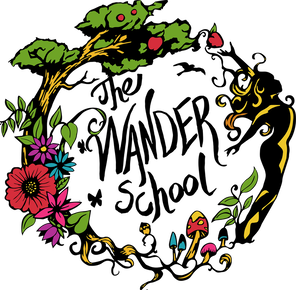
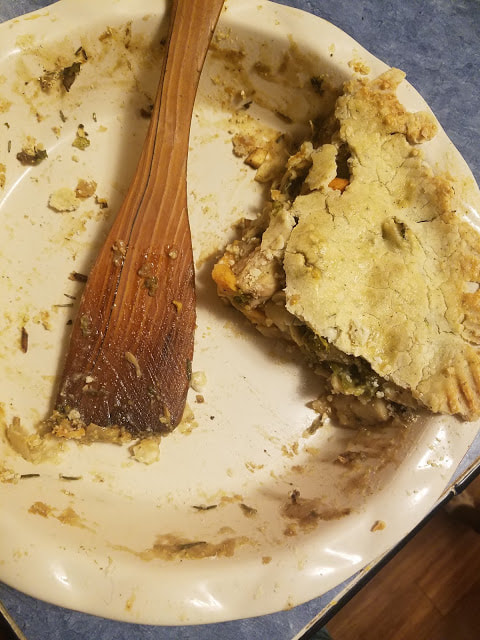
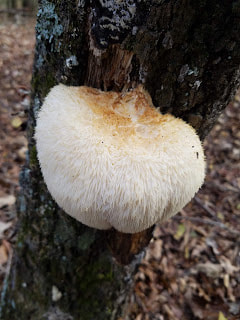
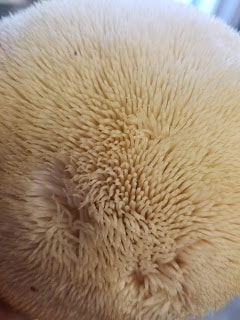
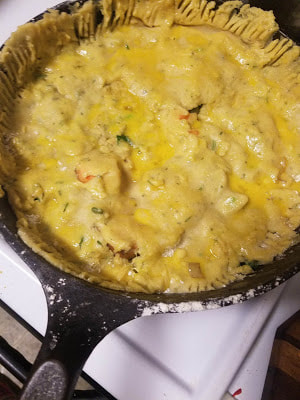
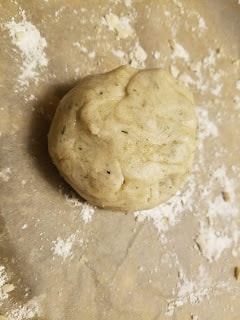
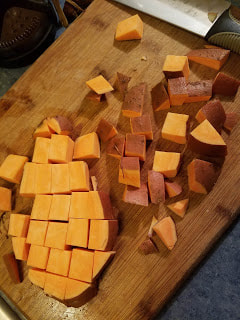
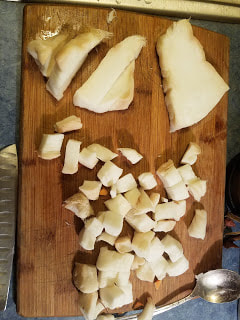
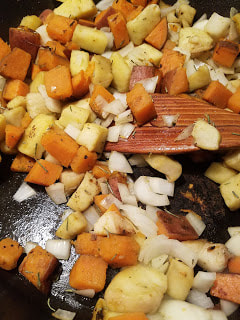
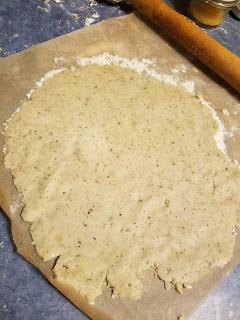
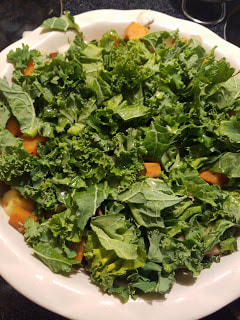
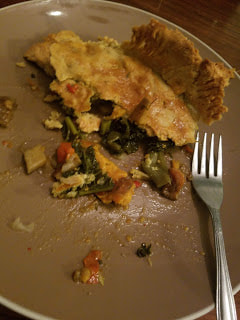
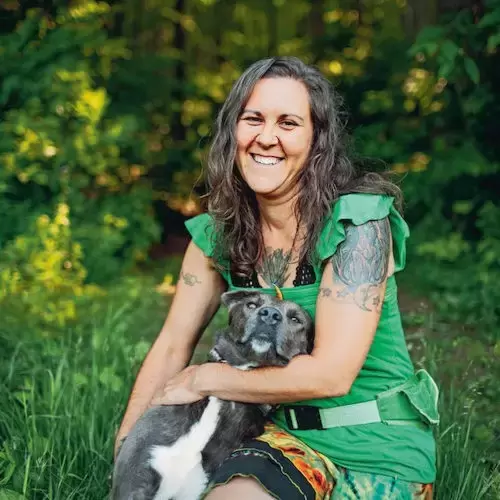
 RSS Feed
RSS Feed